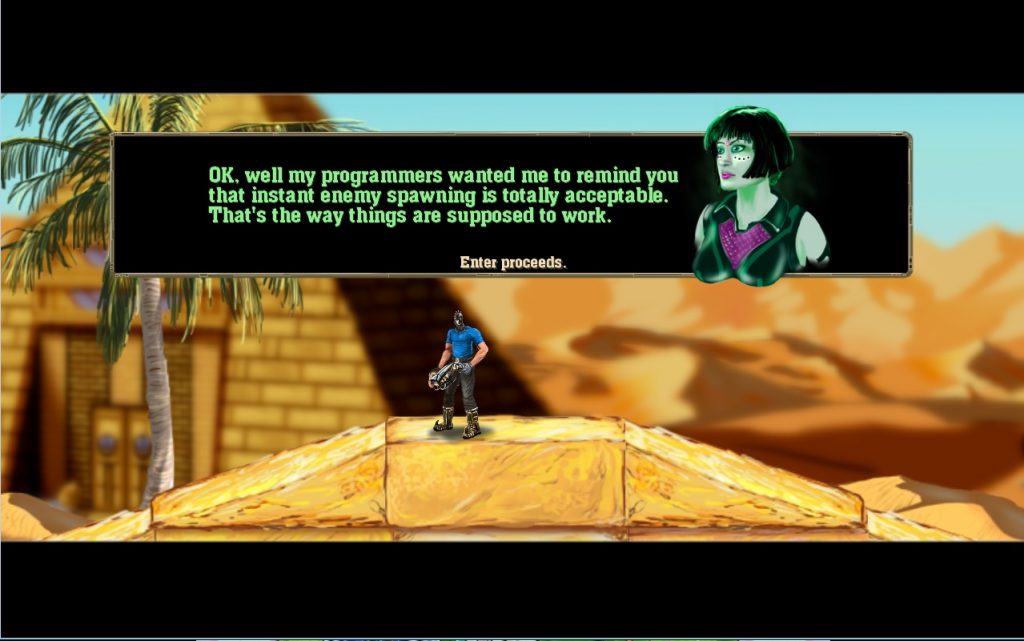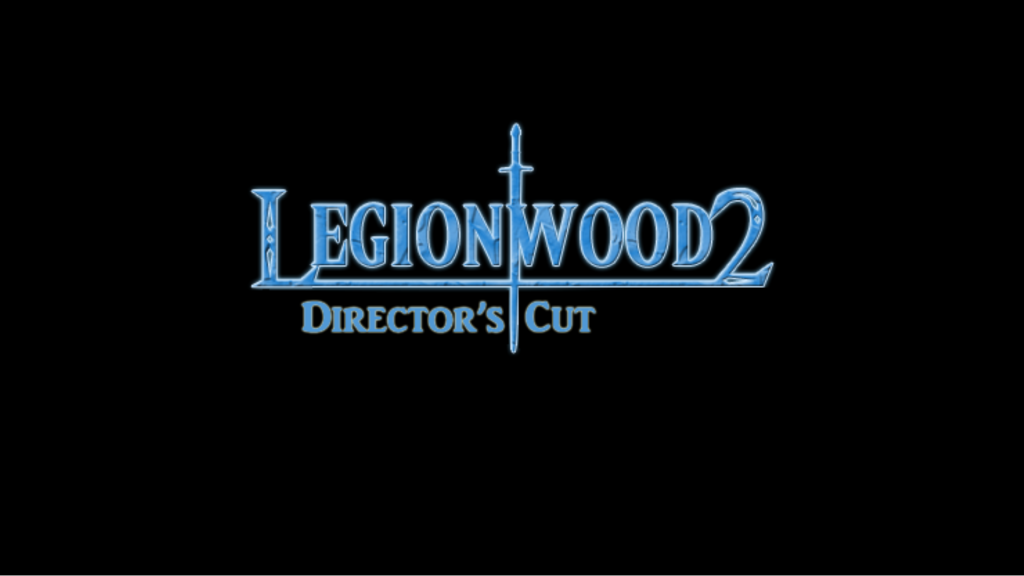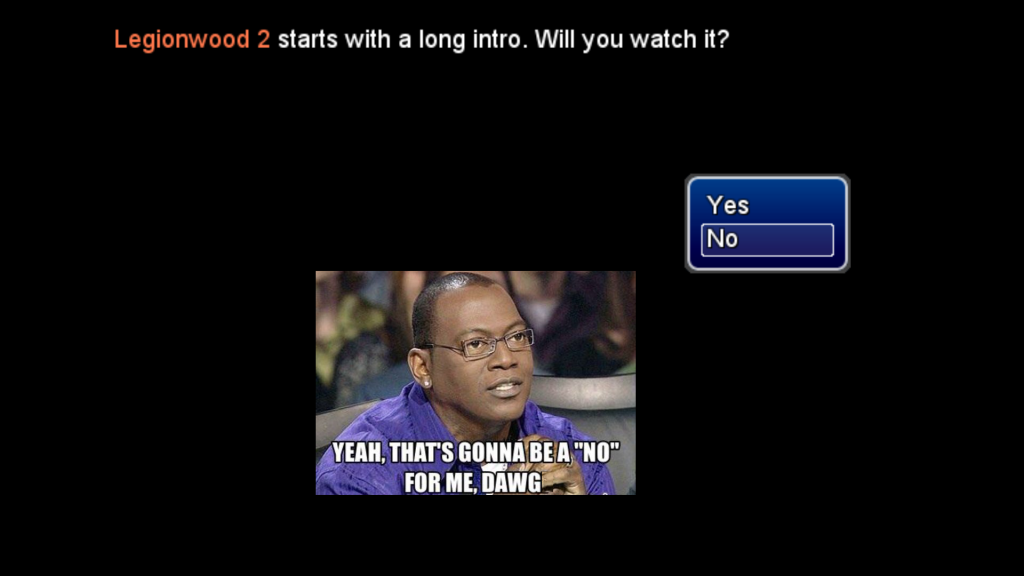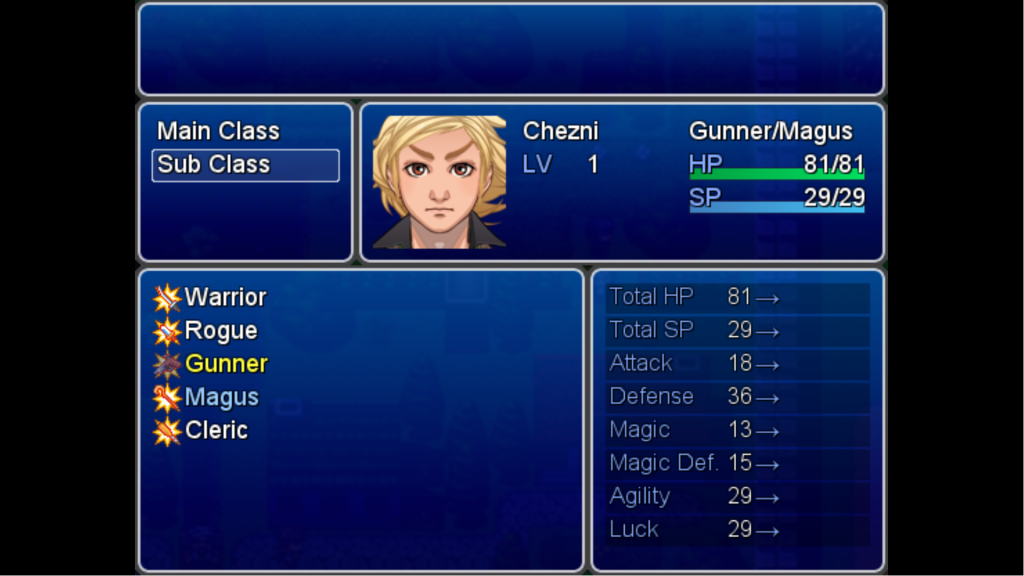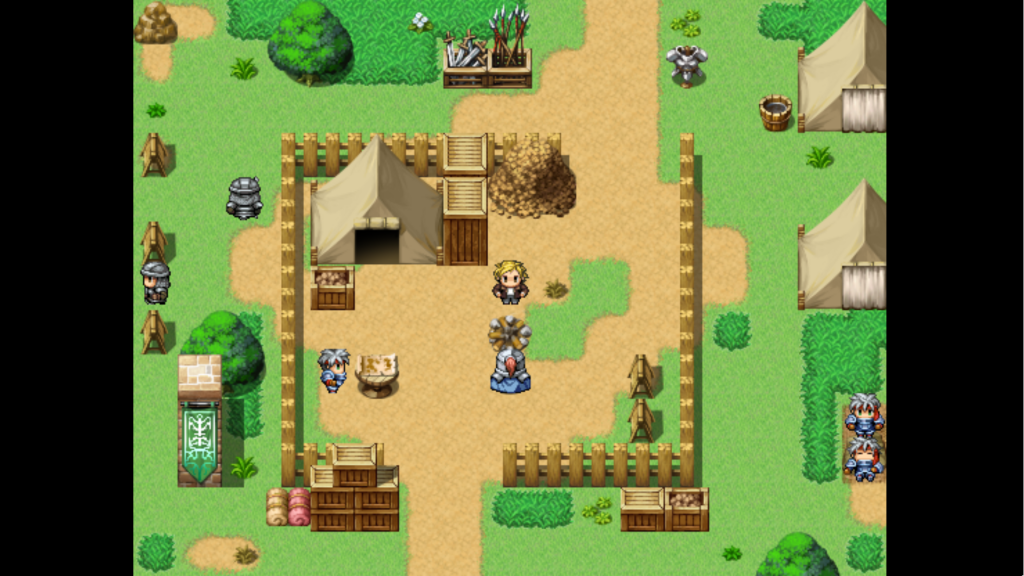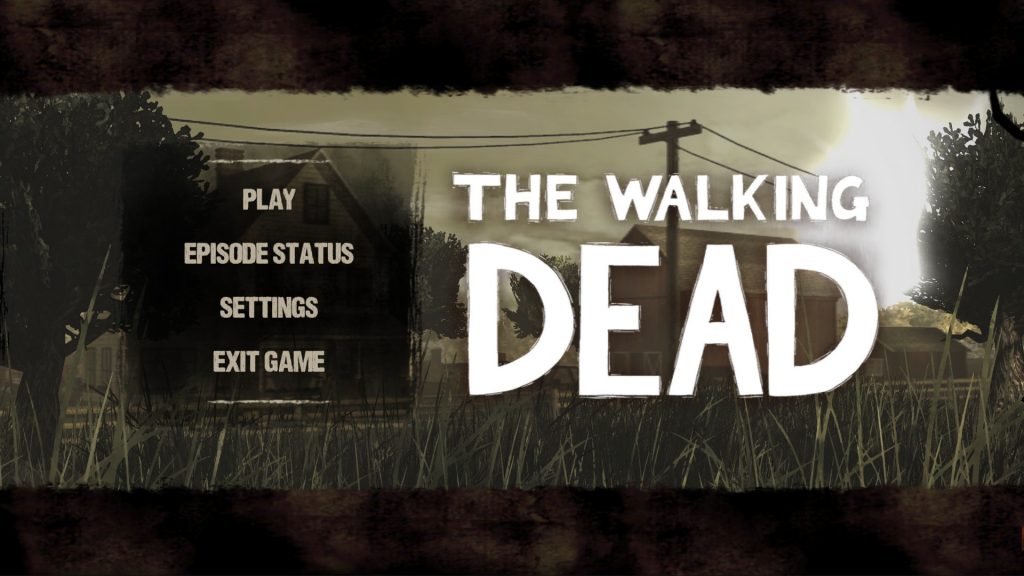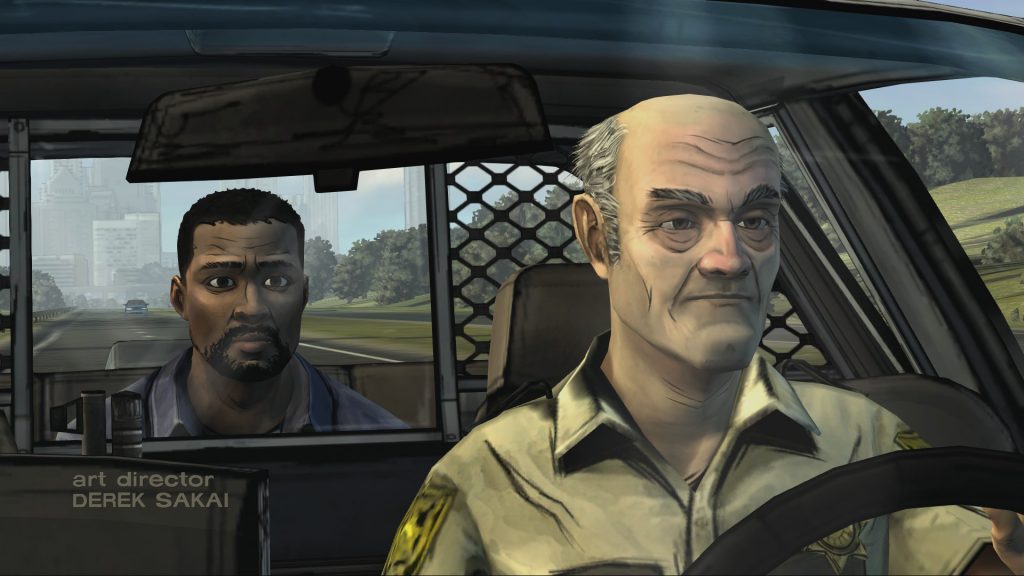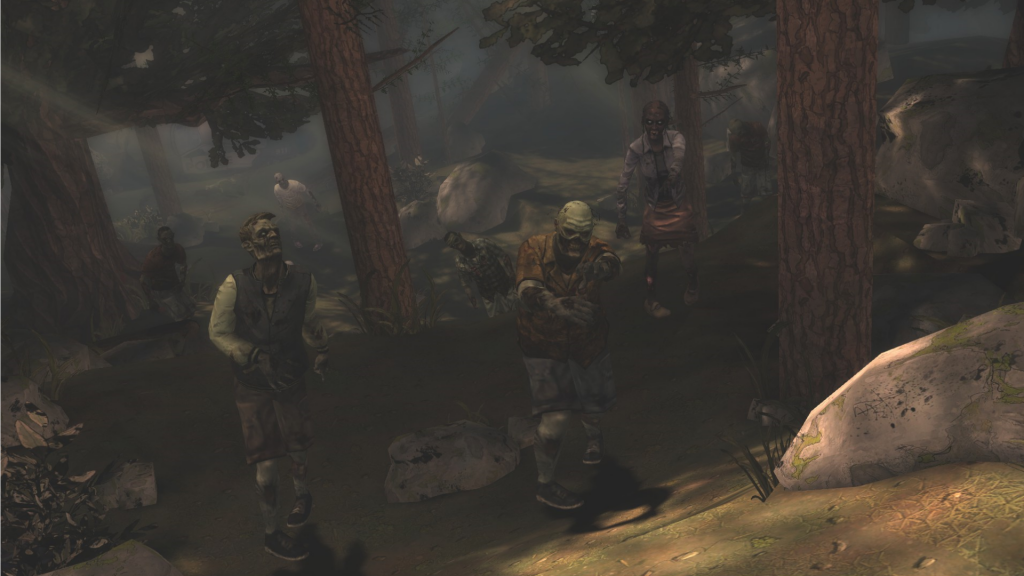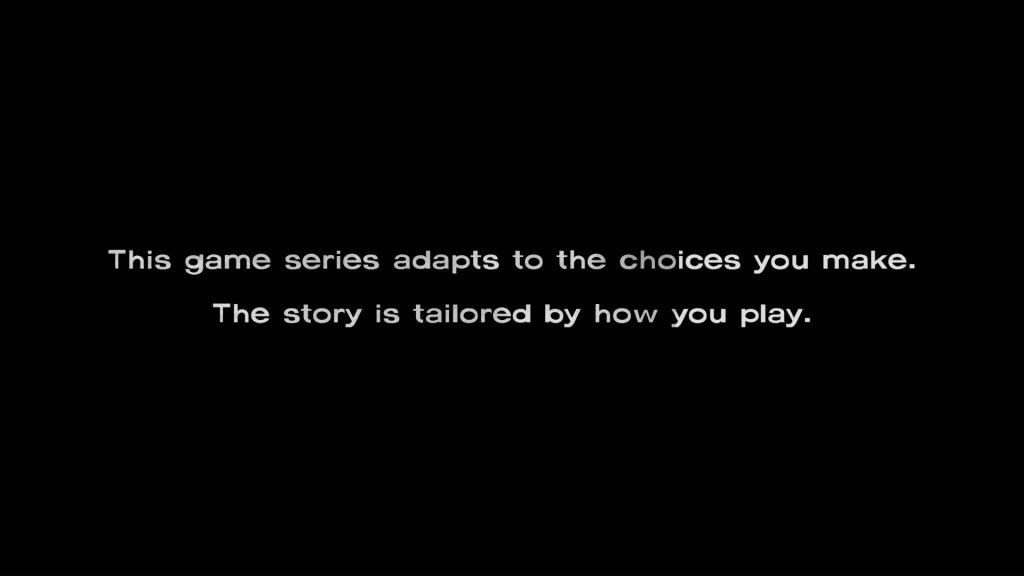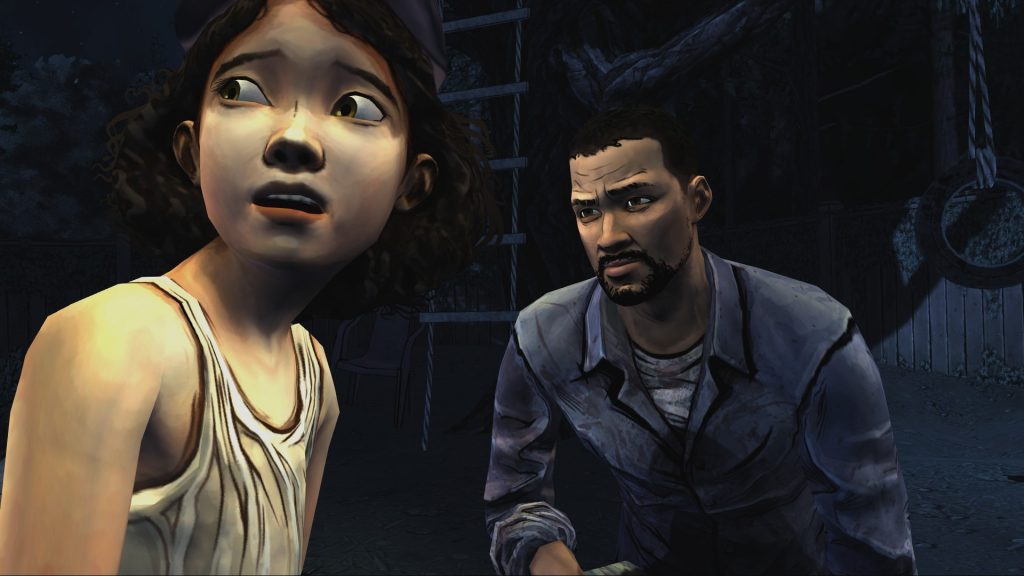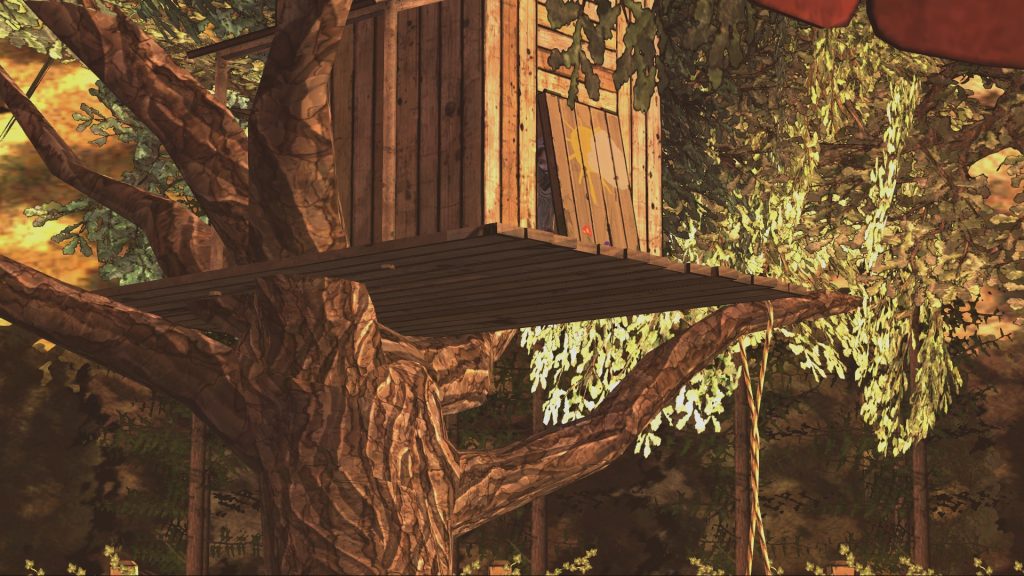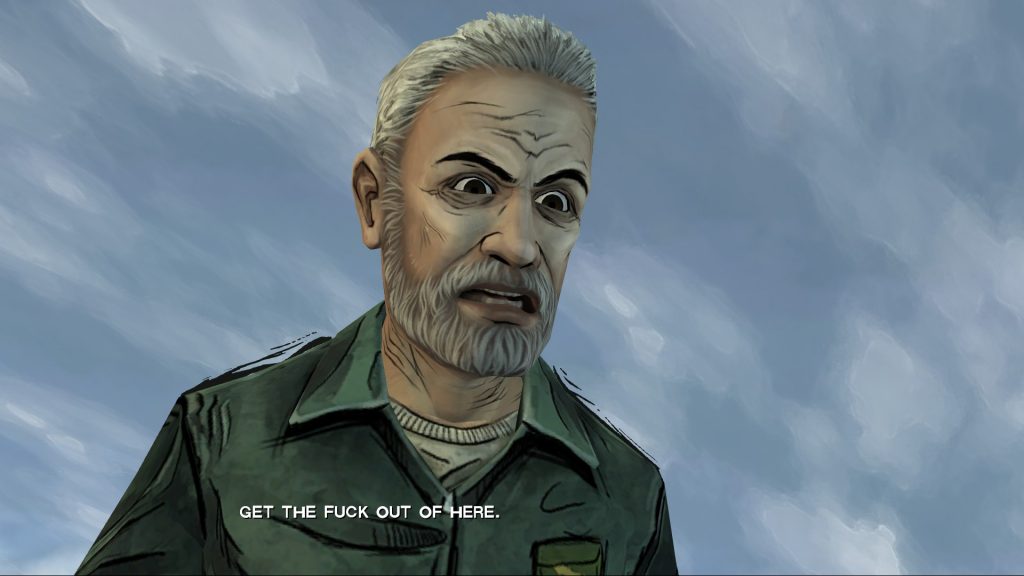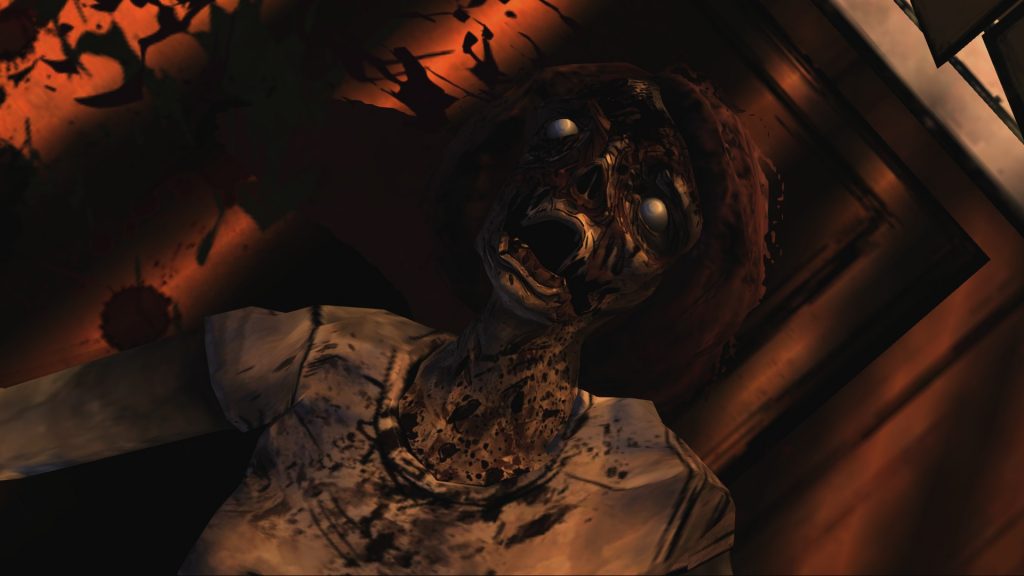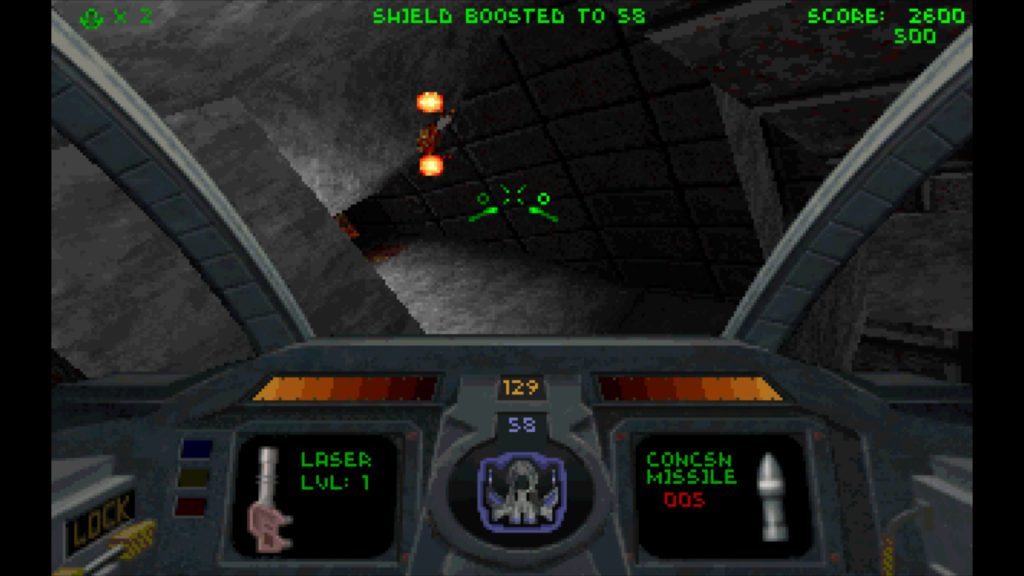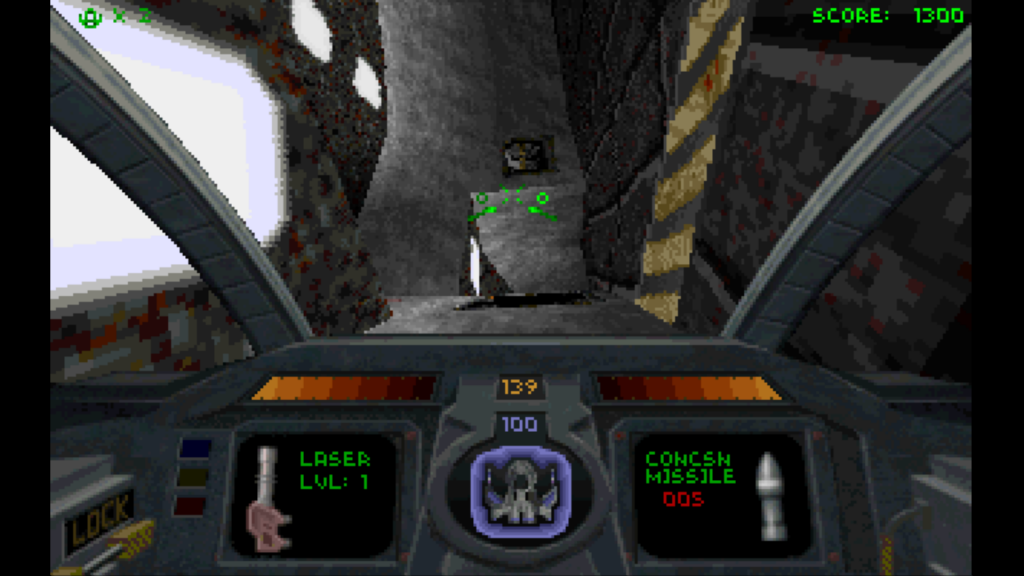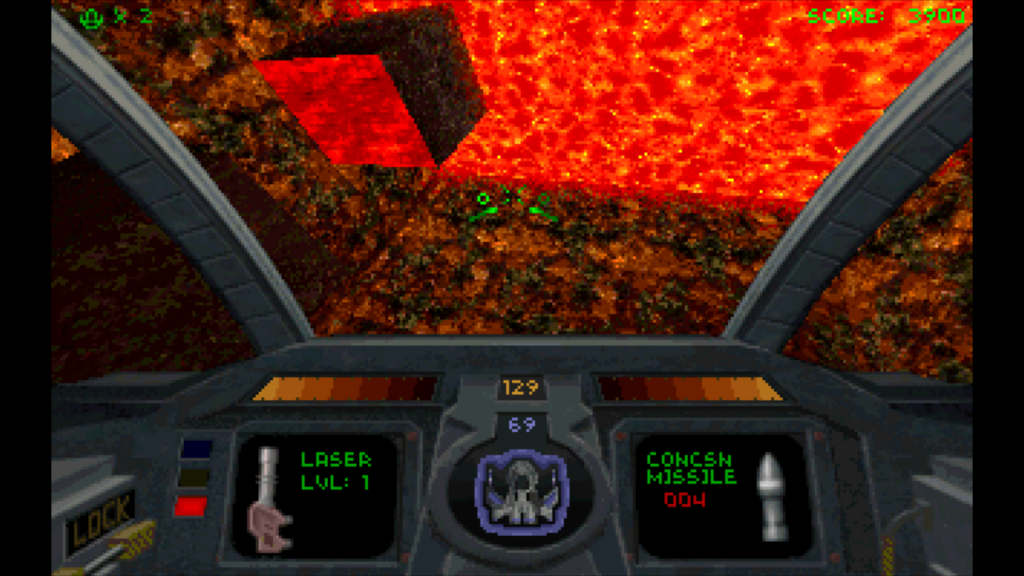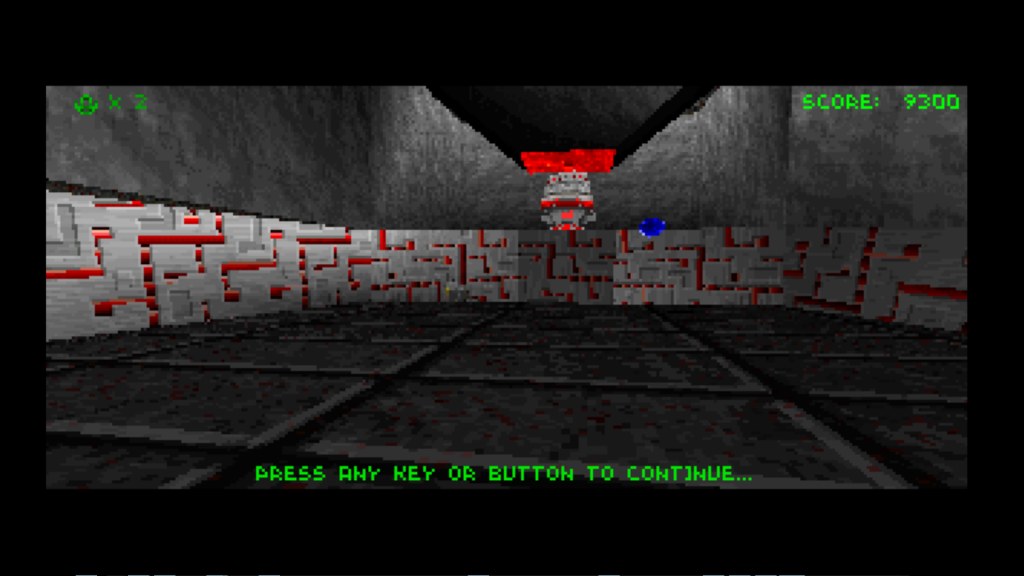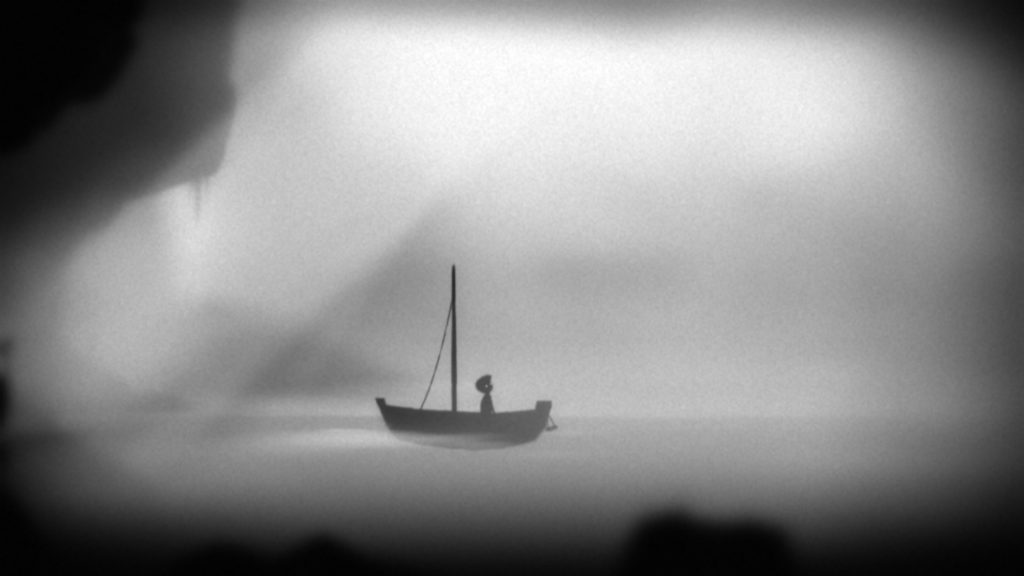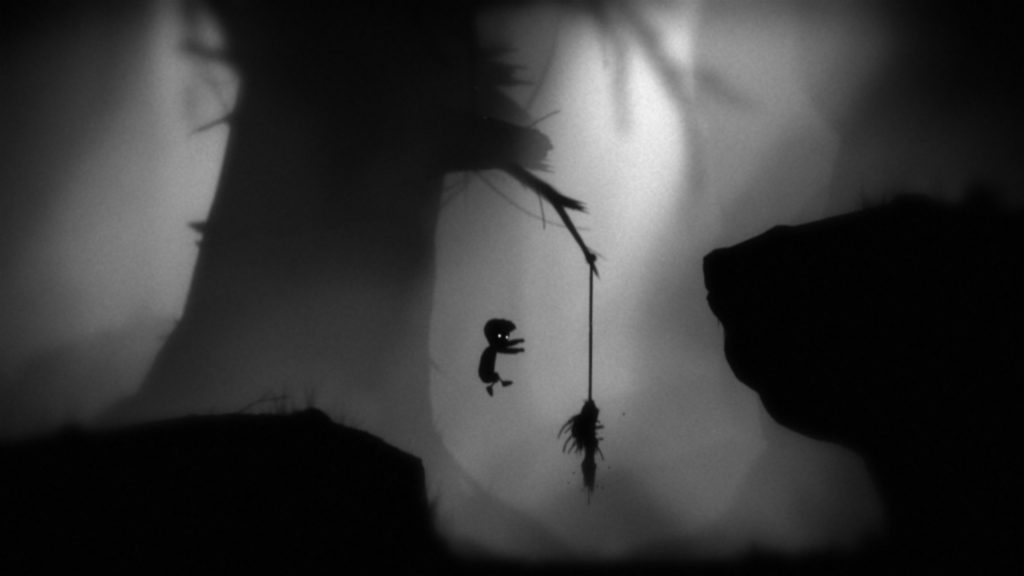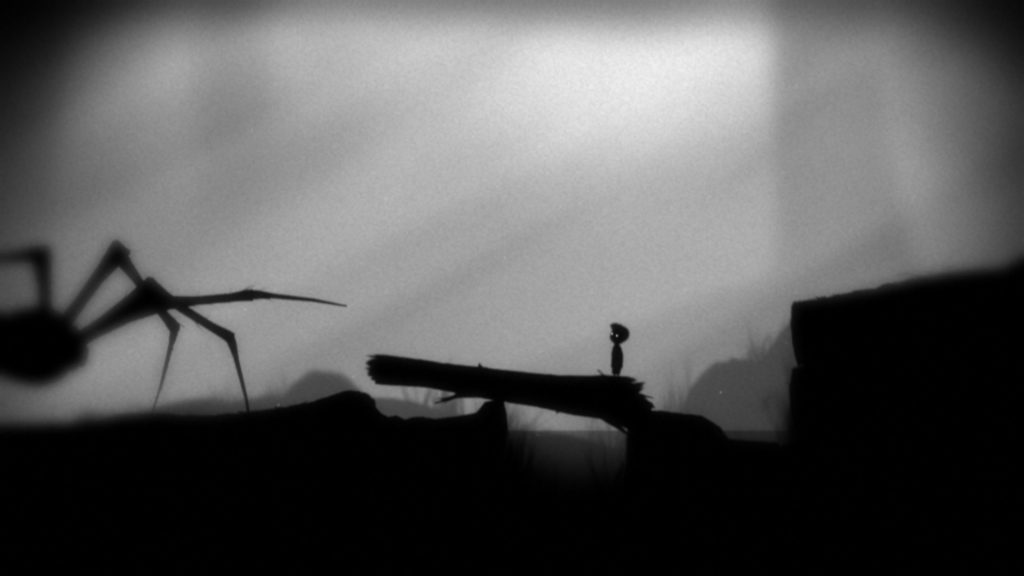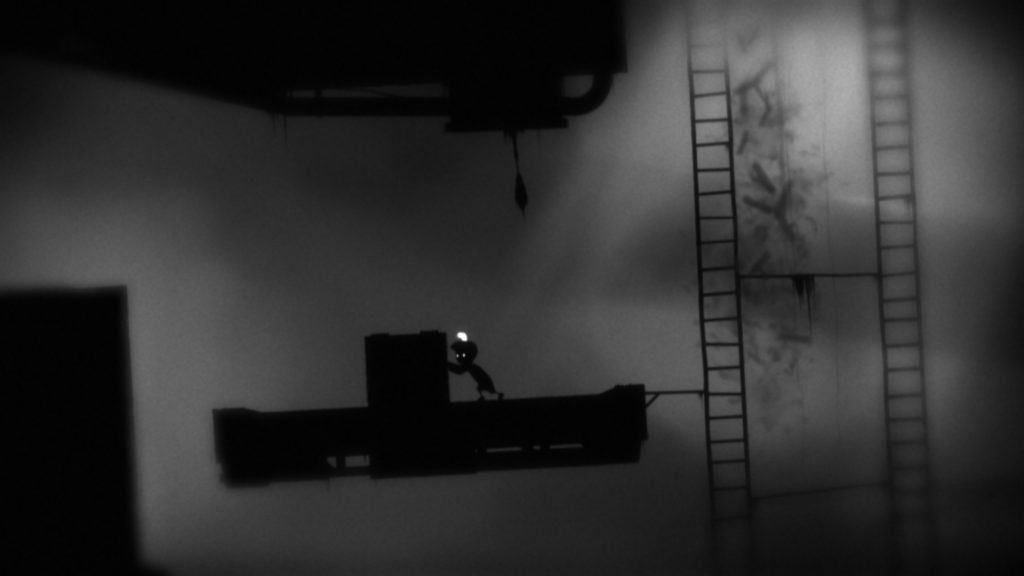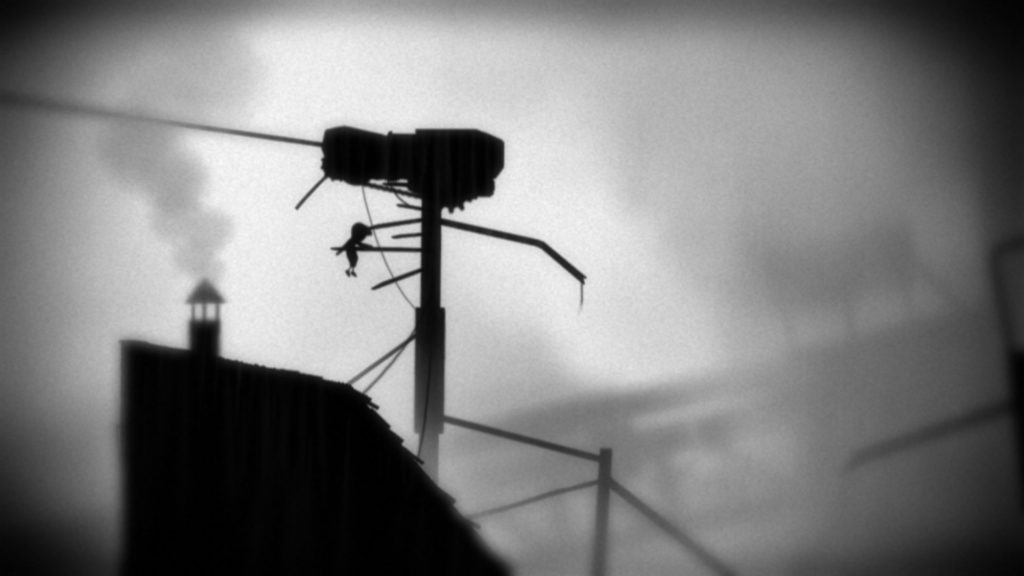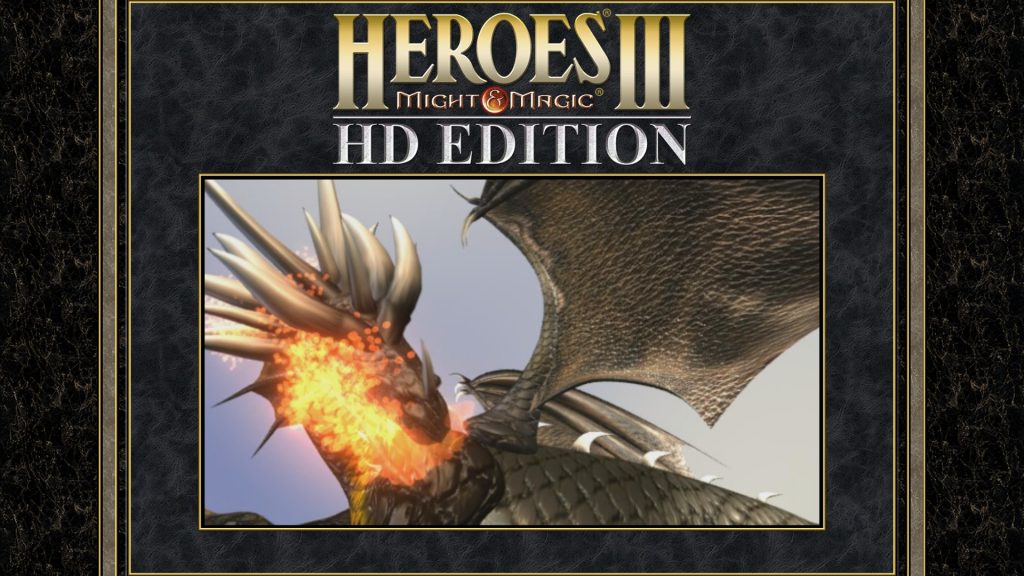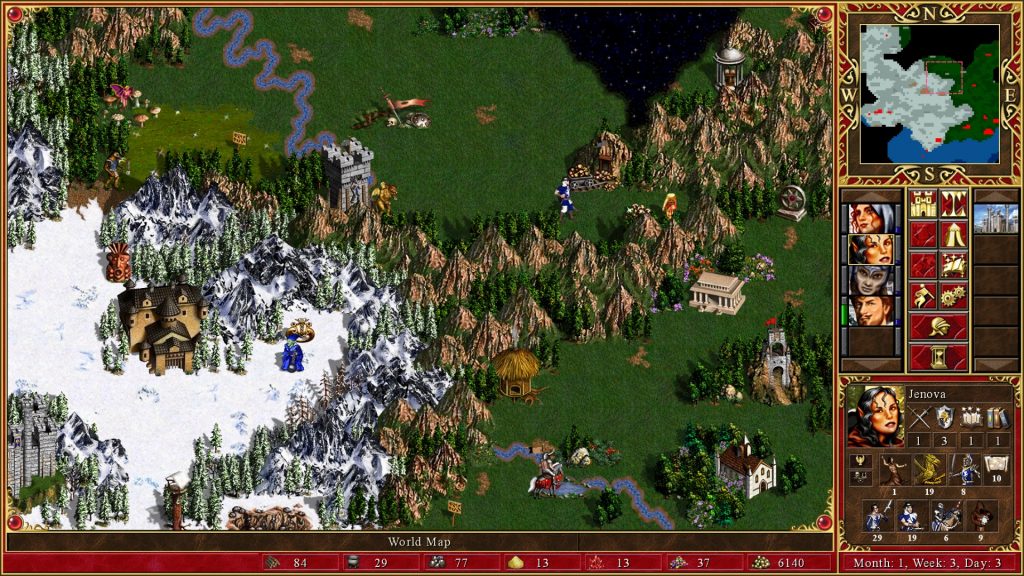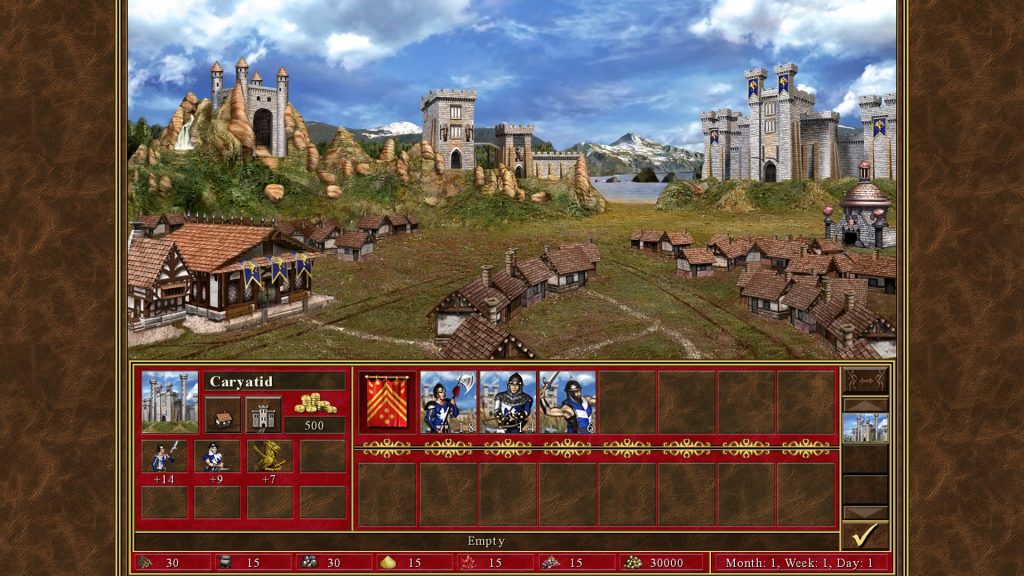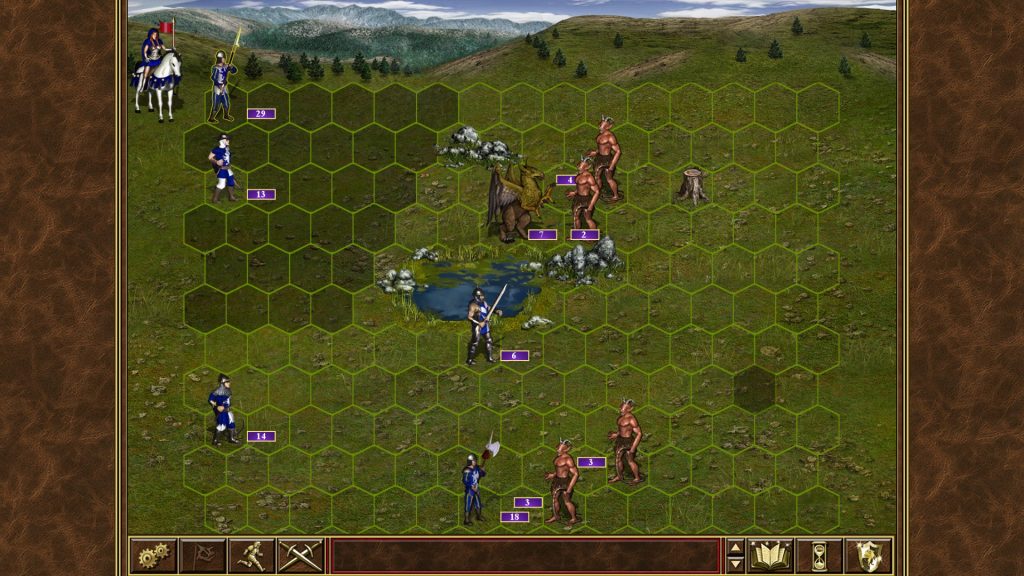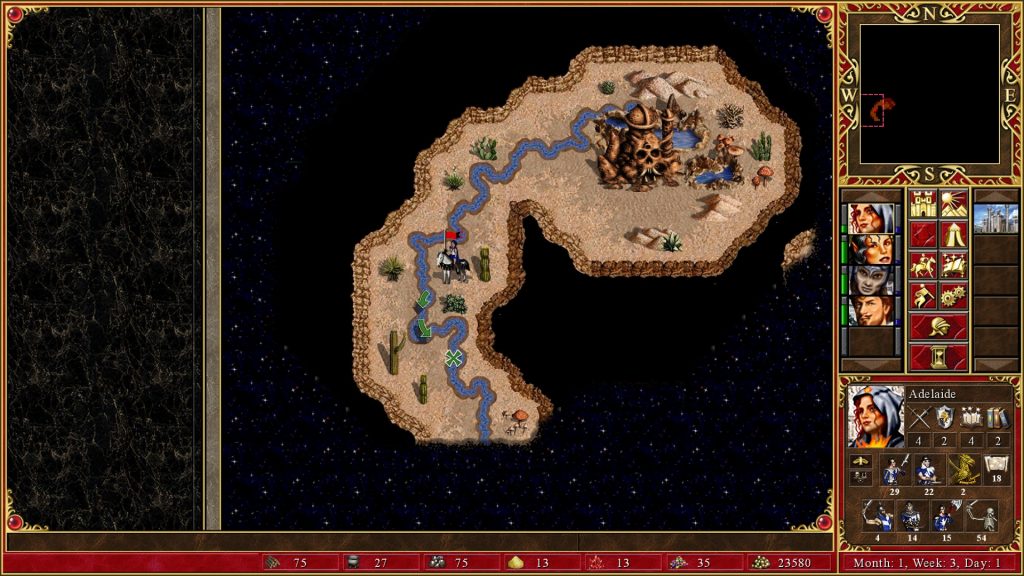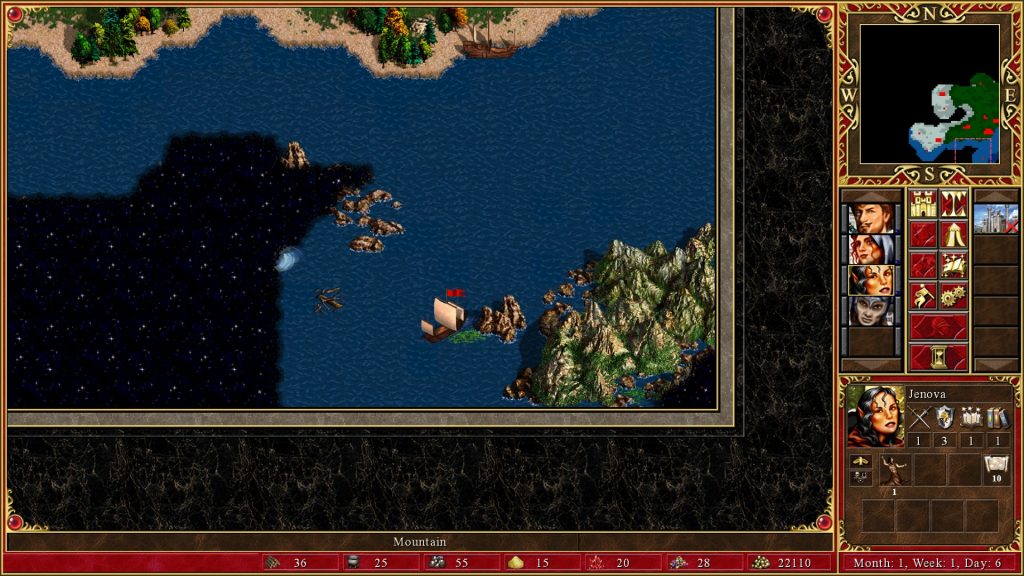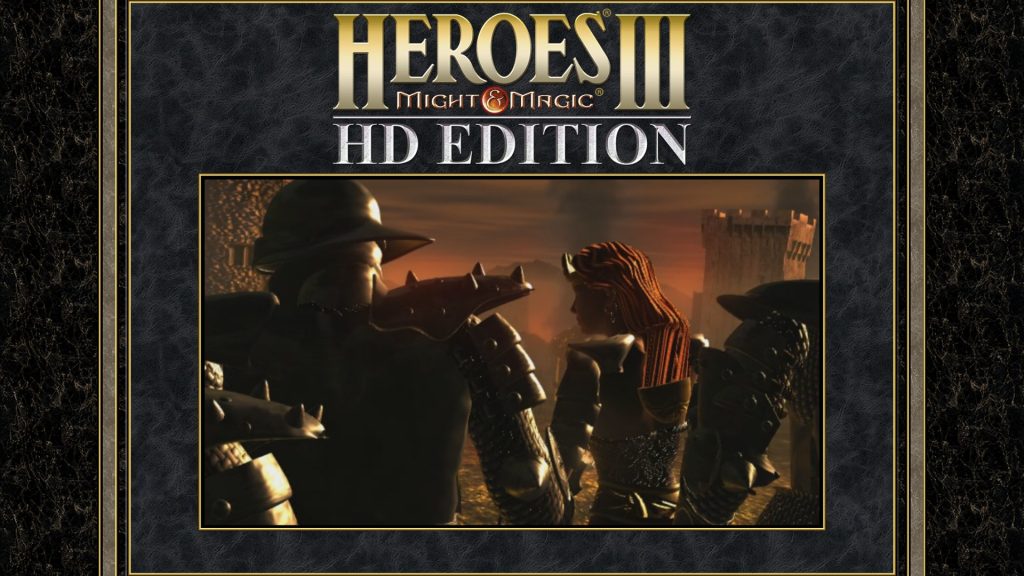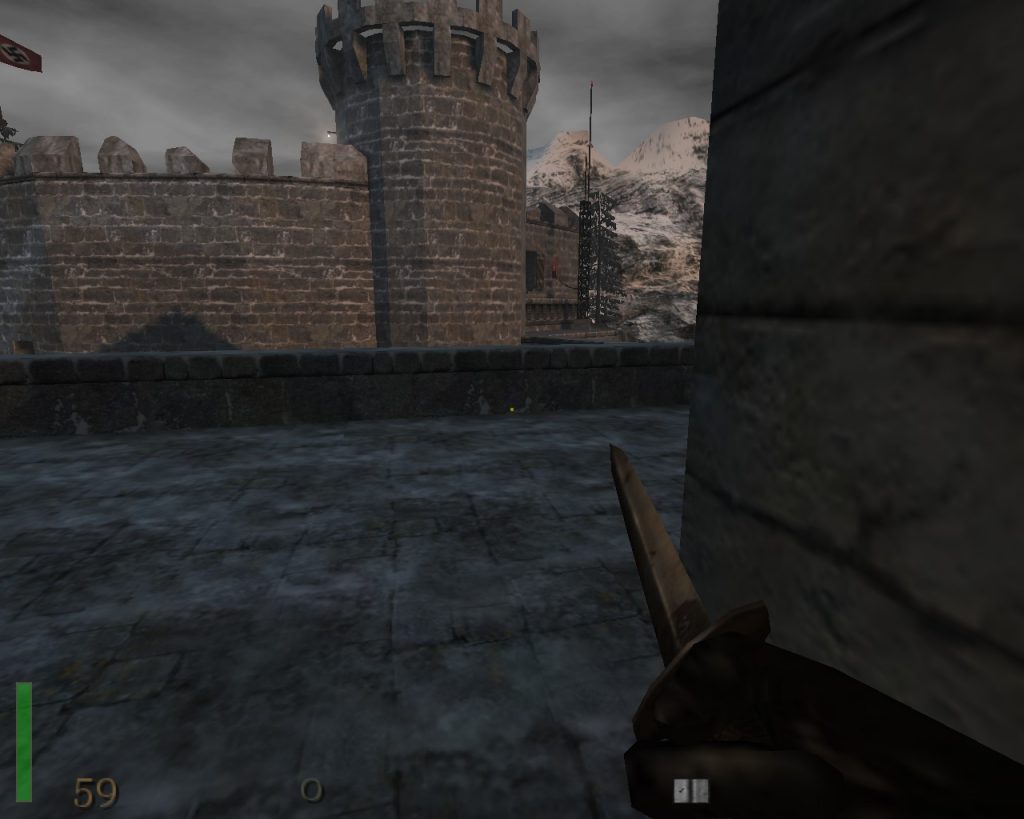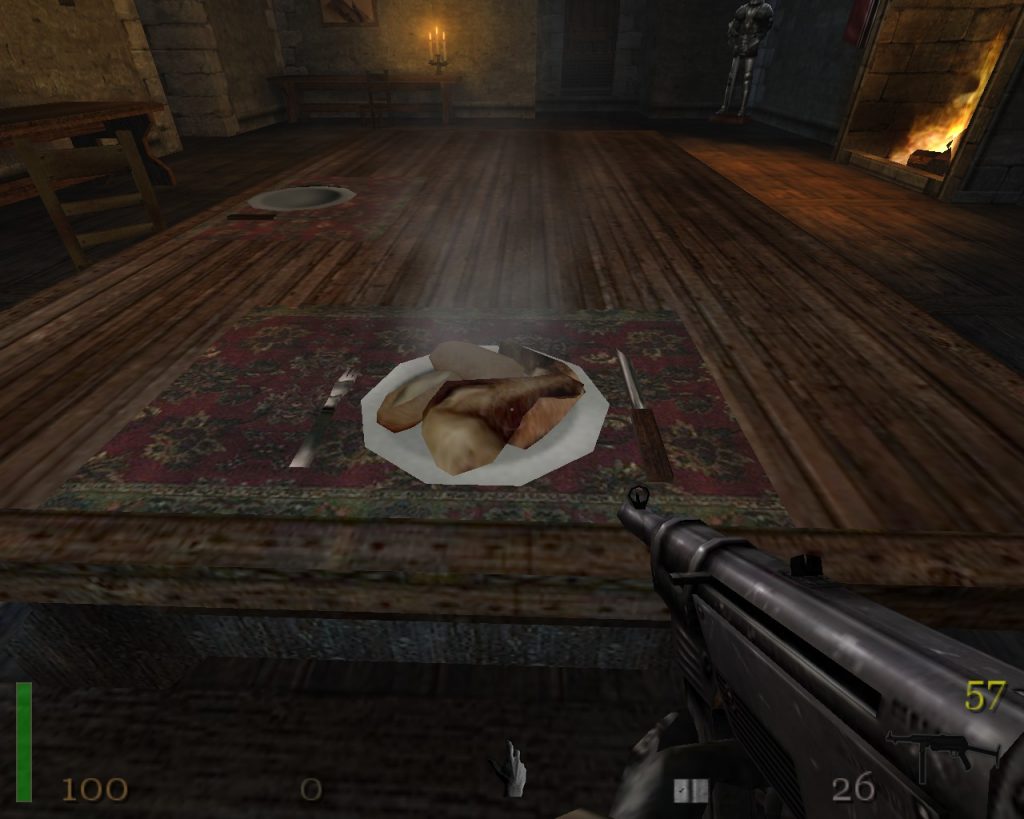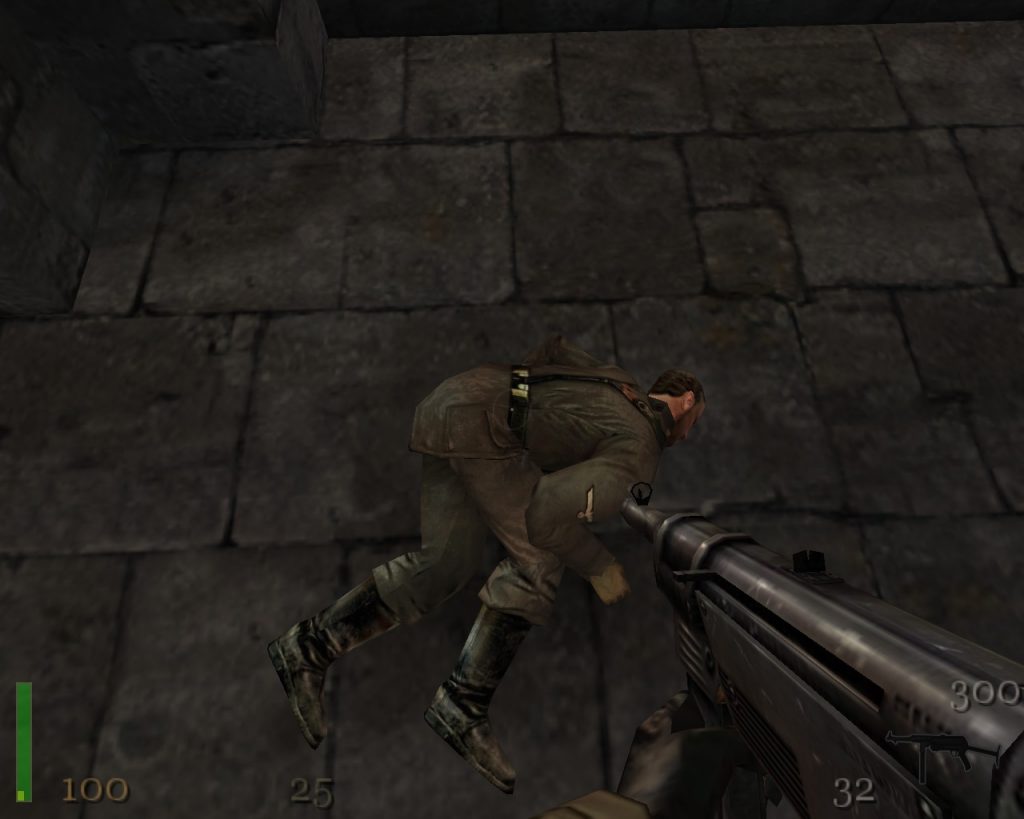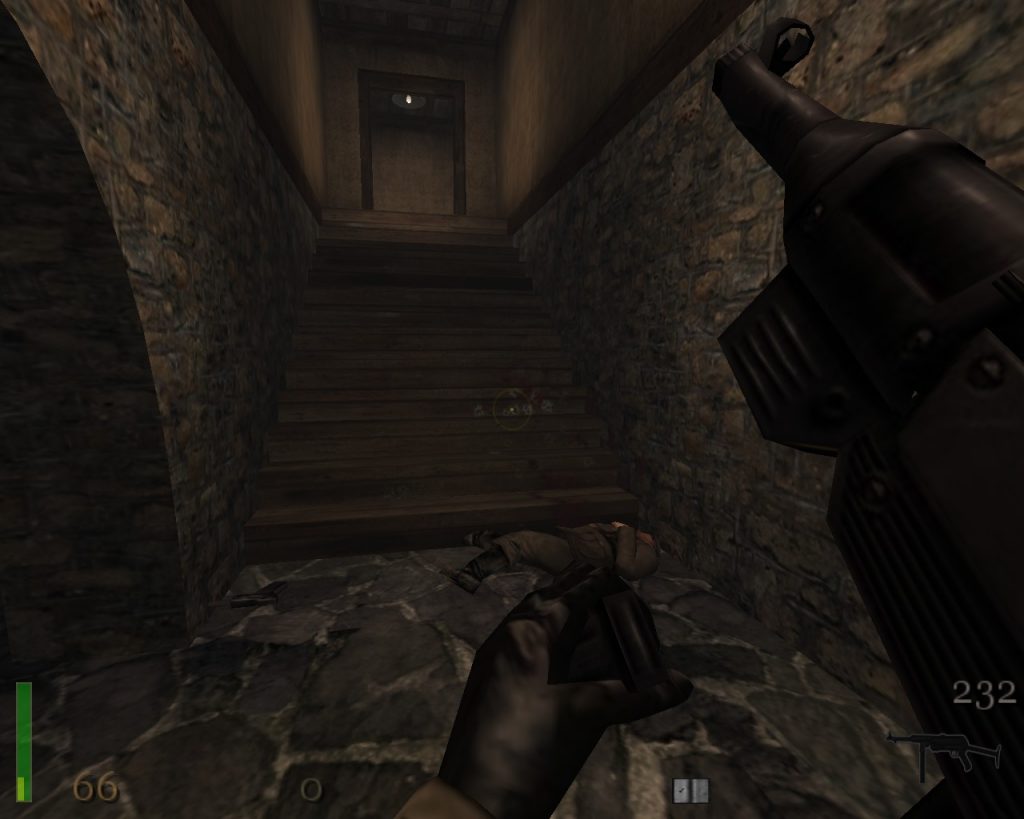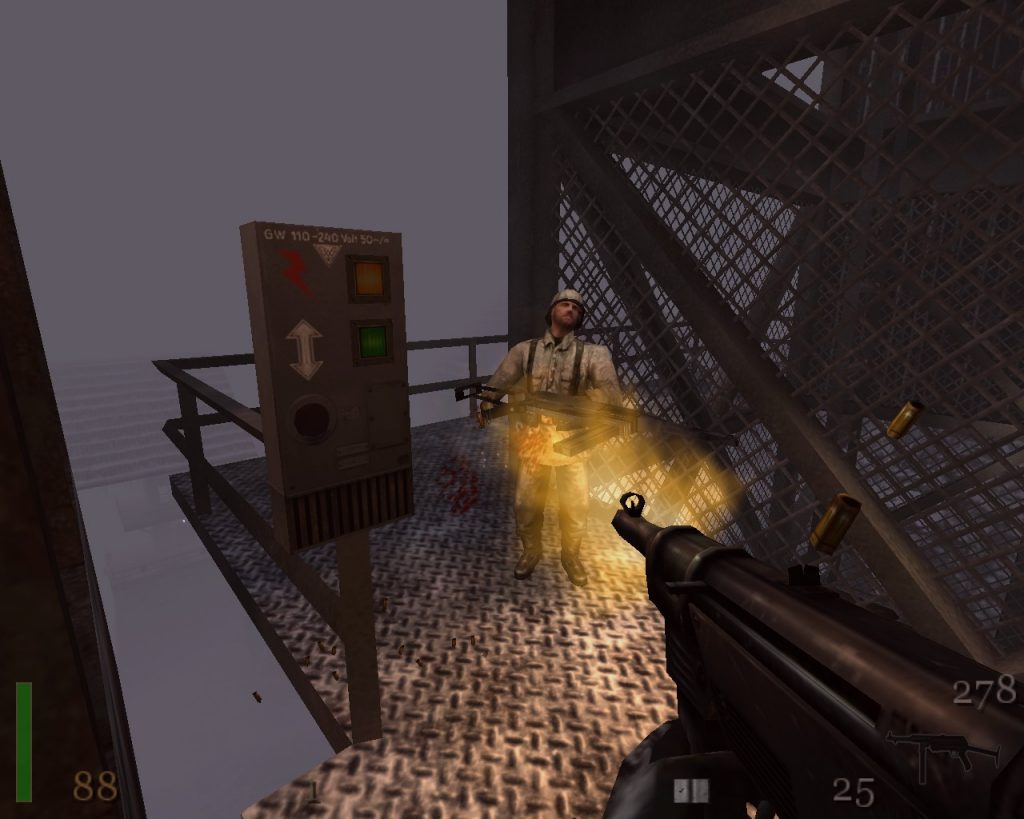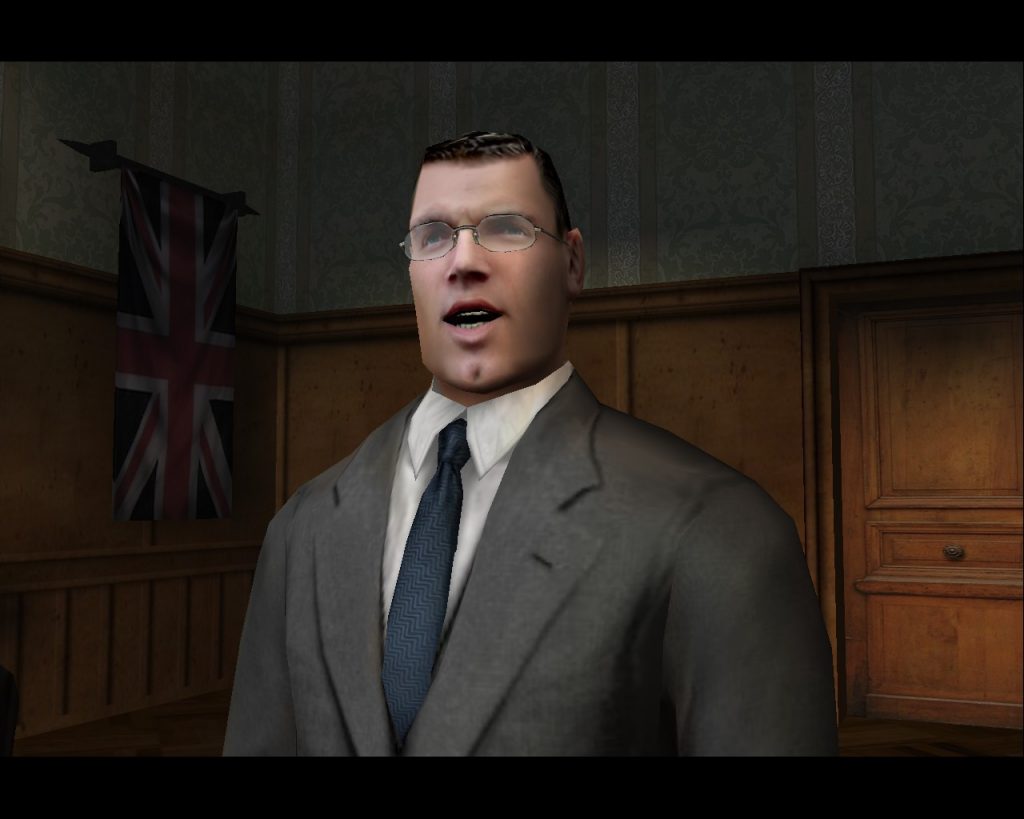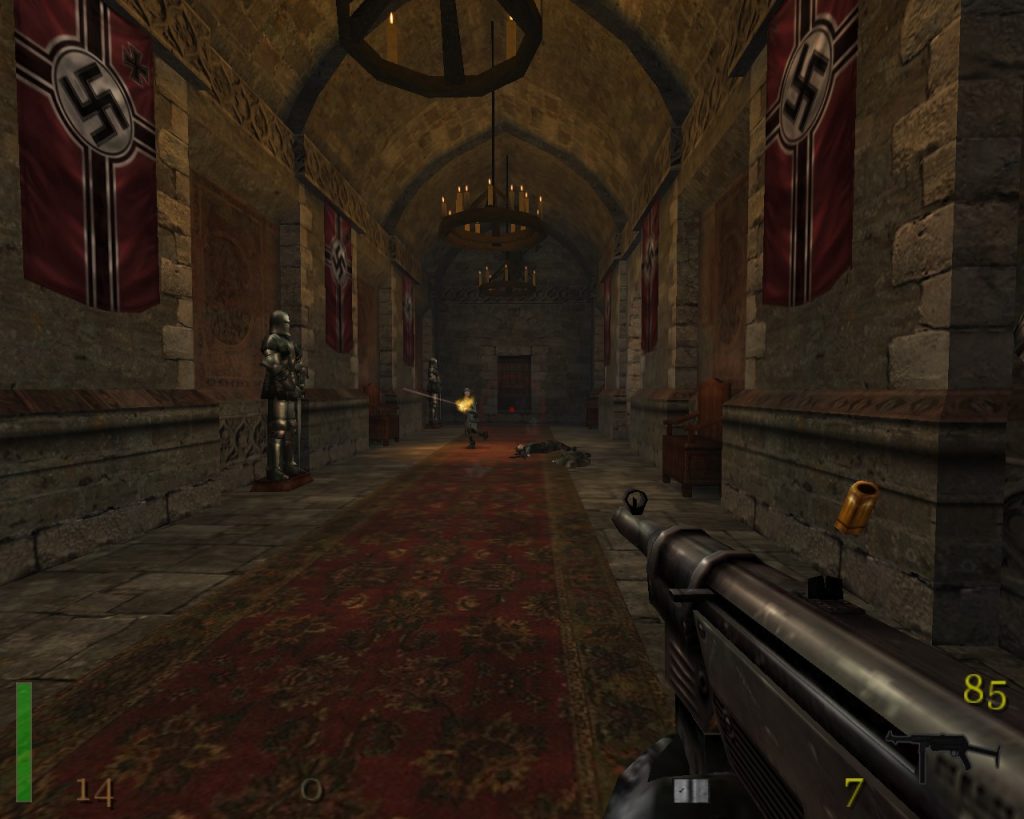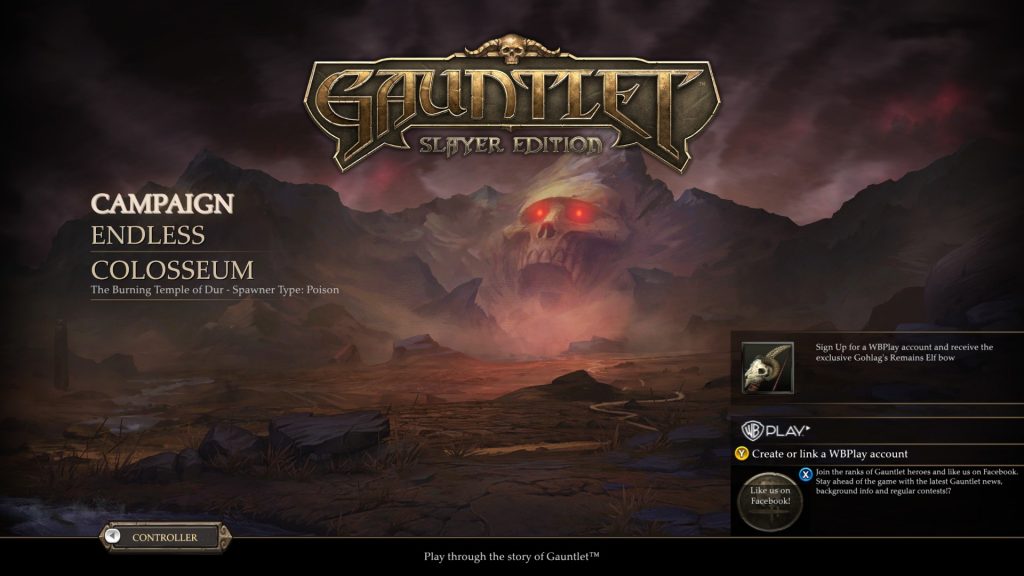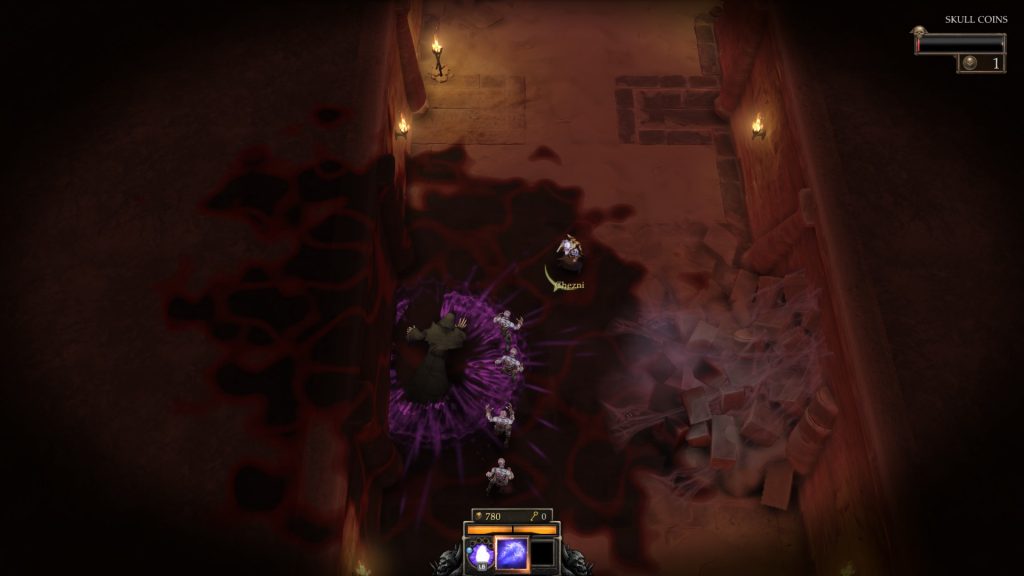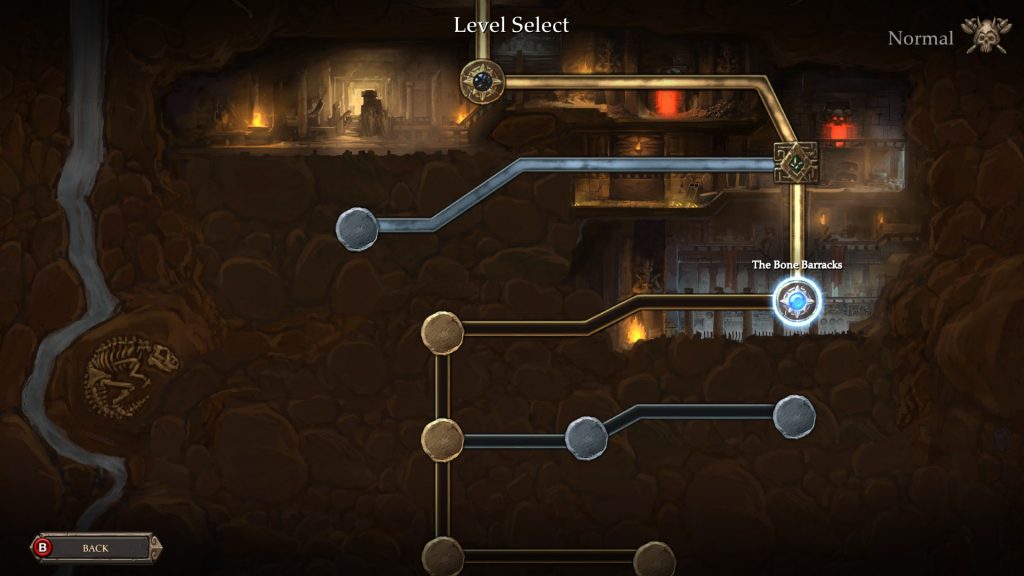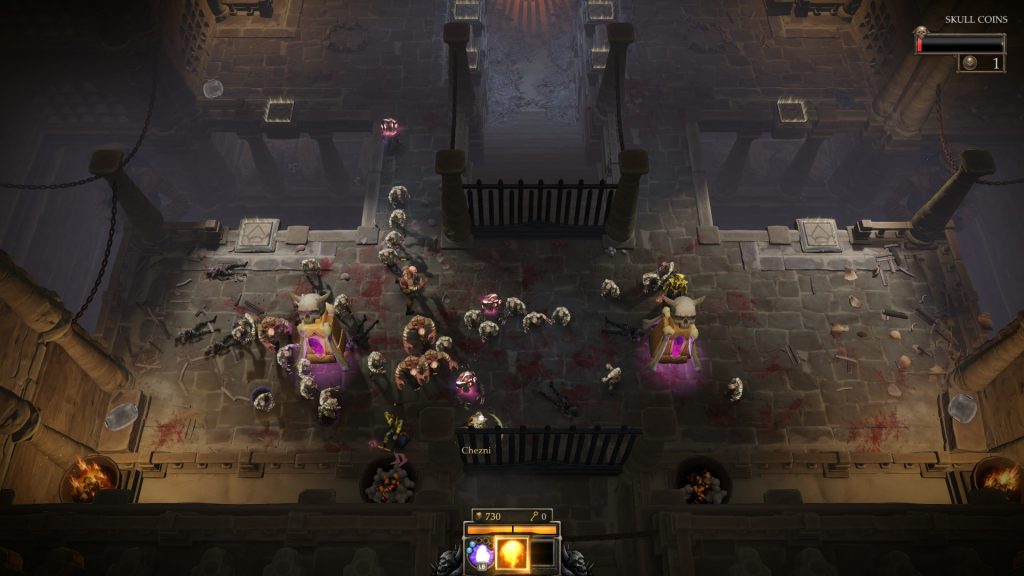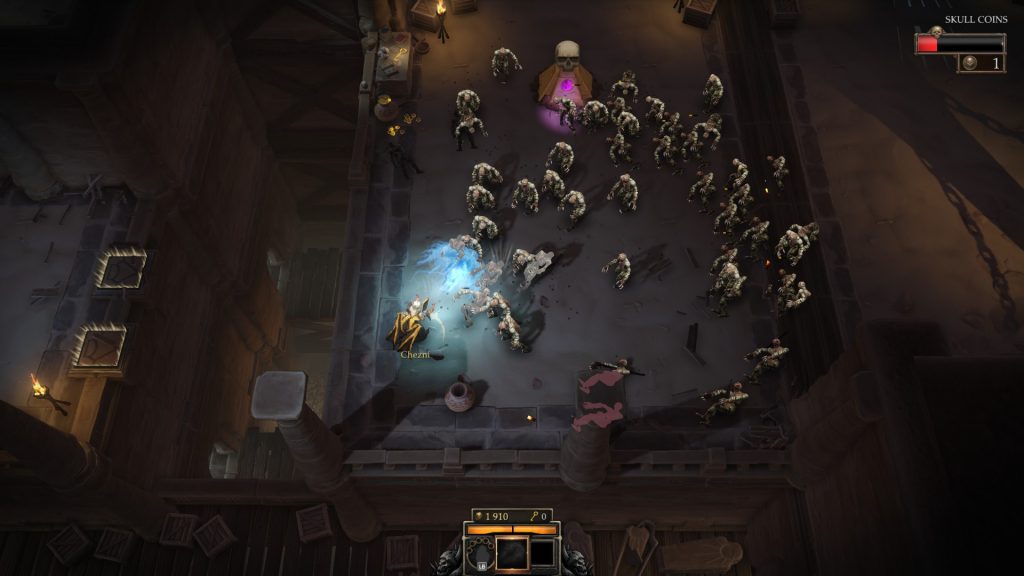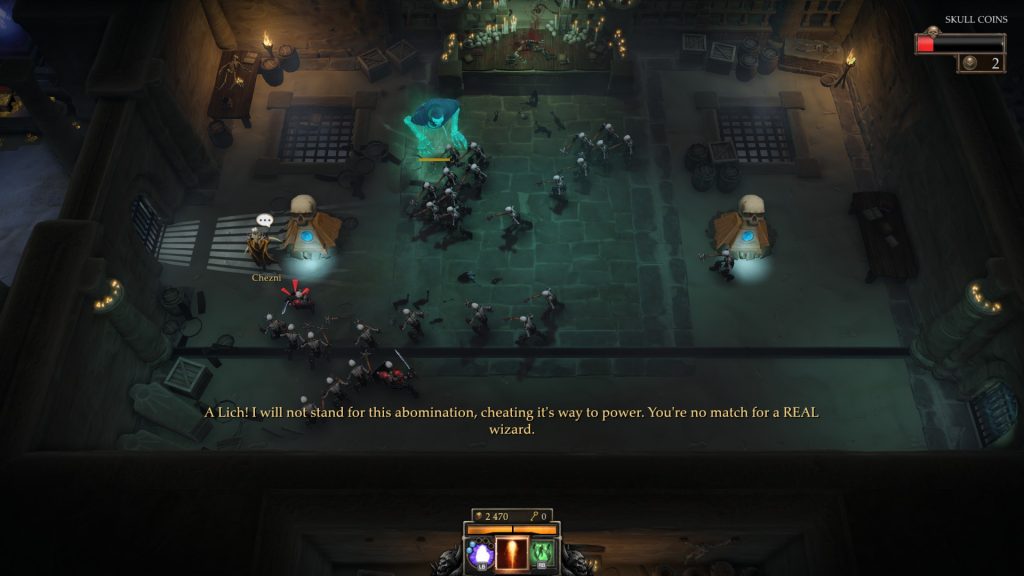Lepcis’s First Impression of SSHD:FE
Lepcis’s First Impression of the SS Franchise
As I sat down and took a serious look at the Serious Sam franchise, I couldn’t help but continually think, “What a wreck.” Having read Lepcis’s reviews, I knew what was coming and I wasn’t looking forward to it. You can read the reviews for yourself by using the links above if you like, but one line he wrote sums the whole thing up. “Croteam made 1.5 good Serious Sam games […] and have just been repeating the same game ever since.” I can’t find a better way to describe this mess. There are 9 Serious Sam games loaded in my Steam folder. 2 of them are disjointed outsourced spin-offs. 1 is a terrible sequel. 1 is the original game and 5 are remakes of the original game. Let that sink in. There are 5 remakes of the same game. As much as I dislike the franchise, at least each Call of Duty game has a new Single-Player story (the caveat being that I’ve never really played a COD game). But Serious Sam? Naw, why try? Why use creativity? Just re-hash the same damn thing that achieved pseudo-popularity years ago. I’m not even kidding. Take these 6 games and put them in a pile: 1 is the original game, one is an expansion of the original game, one is an HD remake of the original game, one is an HD remake of the expansion of the original game, 1 is an unfinished fan-made remake of the original game and the last is a prequel of the original game that reuses many of the same jokes and monsters. What. The. Hell.
In spite of my strong feelings of anger, insult and disgust associated with a company that feels so confident that the stupidity of their intended audience is so intense that the won’t even notice that they’re just buying the same game 6 times, I can’t really say anything that Lepcis hasn’t said already. So I’ll try not to. What follows instead is a brief comparison of one game to another built up from the original seed of the first Serious Sam game–short and sweet. You’ll still be able to find the Tier that I believe the game belongs to but I will forego the usual lengthy explanation. Without further ado, let’s get into the excrement deluge that is the Serious Sam series.
Serious Sam Classic: The First Encounter: Tier 3
Floaty. Poor level design exasperated by bland enemy AI and non-existent enemy placement due to “teleport-spawning” enemies. Strategy against every enemy is exactly the same–kite and shoot. Instead of quality you get quantity–hoards of enemies, but none of them create a need for intelligent play since they die as fast as they teleport in. Might as well be a point-and-click adventure. Enemy visual design is creative and unique and the game is very fast paced with relative smoothness. Sam has a few interesting one-liners that are cringy, but that’s the point. Large levels, but no motivation to explore them and little meaningful player interaction with them while fighting enemies due to simplistic designs and teleport-spawning. No need to even fight enemies either, just run through the levels until the developers force you to fight a hoard through use of a locked door or raised wall because their game isn’t well-developed enough otherwise to create meaningful confrontation between the player and enemies otherwise. For its time, mediocre. Nowadays, it’s forgettable. The original Timesplitters, a game with smaller worlds and fewer enemies, was more fun to play, and it came out a year before this.
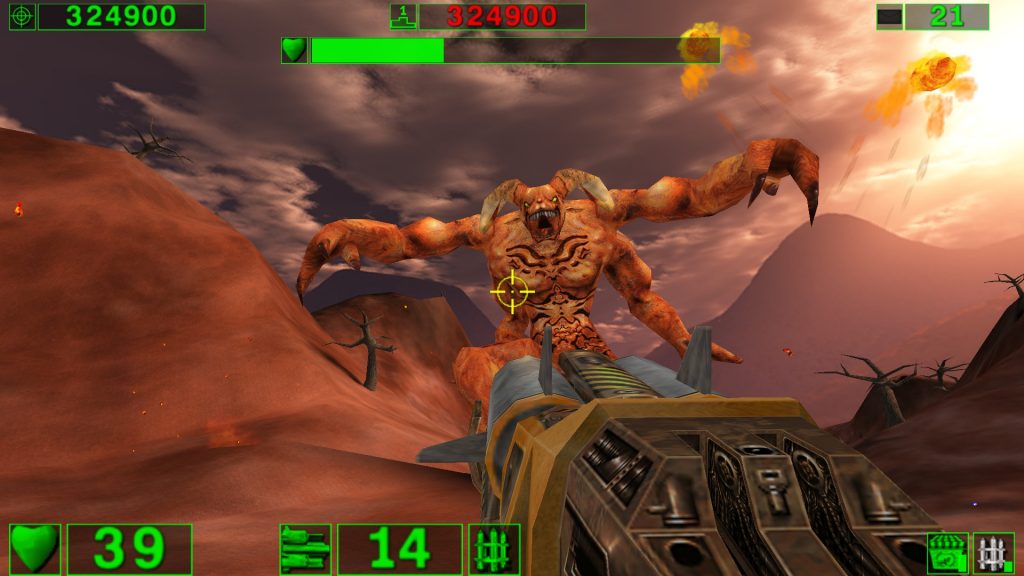
Serious Sam Classic: The Second Encounter: Tier 2
A huge improvement over the original. Yes, it uses the same engine, assets, monsters etc. The biggest difference is that the level design in this blows the first’s out of the water. There are far fewer enemies that just teleport-spawn out of nowhere. Level designs create meaningful play without boxing the player in all the time and forcing them to fight arena style. When you are boxed in, it feels acceptable and isn’t overdone. Level pacing feels much better as well, not to mention more interesting looking. It just goes to show you, it’s not how pretty your graphics are, or how many enemies you’ve designed–it’s how you use them.
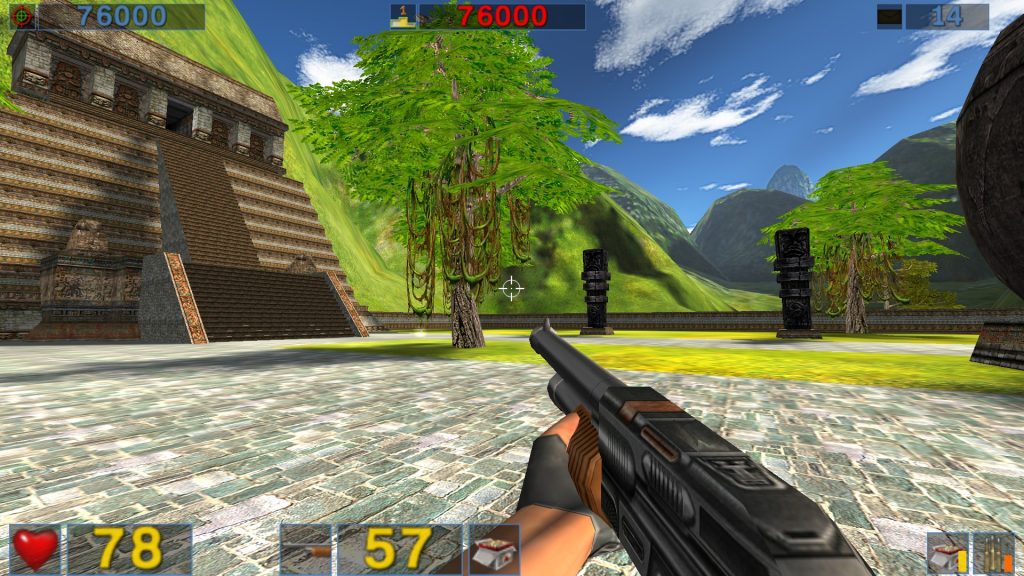
Serious Sam HD: The First Encounter: Tier 2
A direct remake but many improvements over the original. Floatiness is nearly gone. Weapon animations are more believable (there actually is animation for the pistol now). AI is still bland and arena fighting problem still exists. Teleport-spawning still exists, and level design is still relatively poor. Teleport-spawning has been altered so that enemies no longer fall into cliffs from the sky and clip to solid ground. Gone is the headless bomber riding the bull monster (or at least I didn’t see him). You can still just run through the level fighting a minimal amount of enemies. Barely nets T2, but overall just feels better.
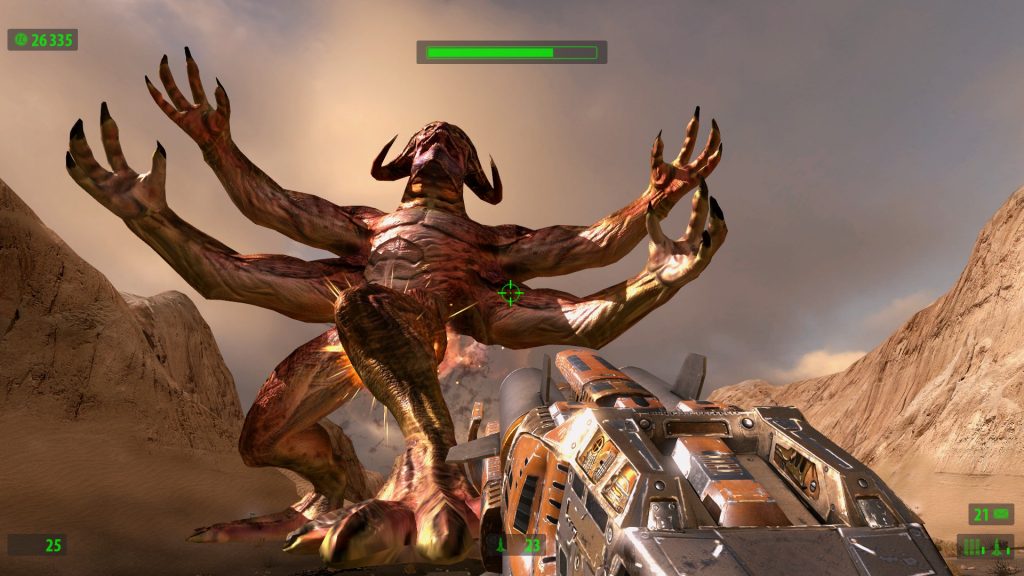
Serious Sam HD: The Second Encounter: Tier 2
Once again, a strong improvement over the First Encounter. Contains much more content. Seems to contain several campaigns (including the levels from FE) as well as a survival mode. Makes me wonder why they didn’t just release FE and SE as one game. Biggest complaint is that they’re just recycling the old Sam voice clips, which I didn’t think were that great to begin with. He barely passes as being some sort of troll or ogre–definitely doesn’t pass off as being human. Otherwise, this is the strongest one yet. Definitely would suggest just playing this one and skipping the previous 3. They are, after all, just the same game repeated.
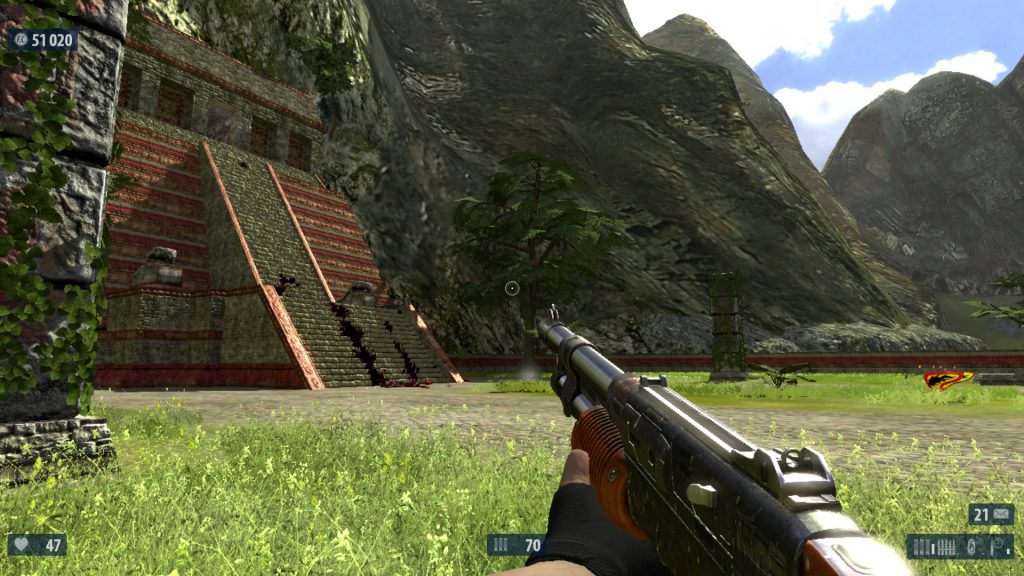
Serious Sam Classic: Revolution: Tier 3
Sorry, I know I said I wouldn’t repeat what Lepcis said, but I have to for this. Why does this exist? Just, why? Literally another remake of FE and SE, only with the original textures and physics. Does Croteam think it’s really worth it sell this fan project? The only advantage to this existing at all is that the old mods that worked with the SS Classics games will work with this since it it’s got the same framework. Otherwise, this is just waste of space. It runs smoother than the Classics versions and that’s about it. It’s not even finished. Don’t even waste your time.
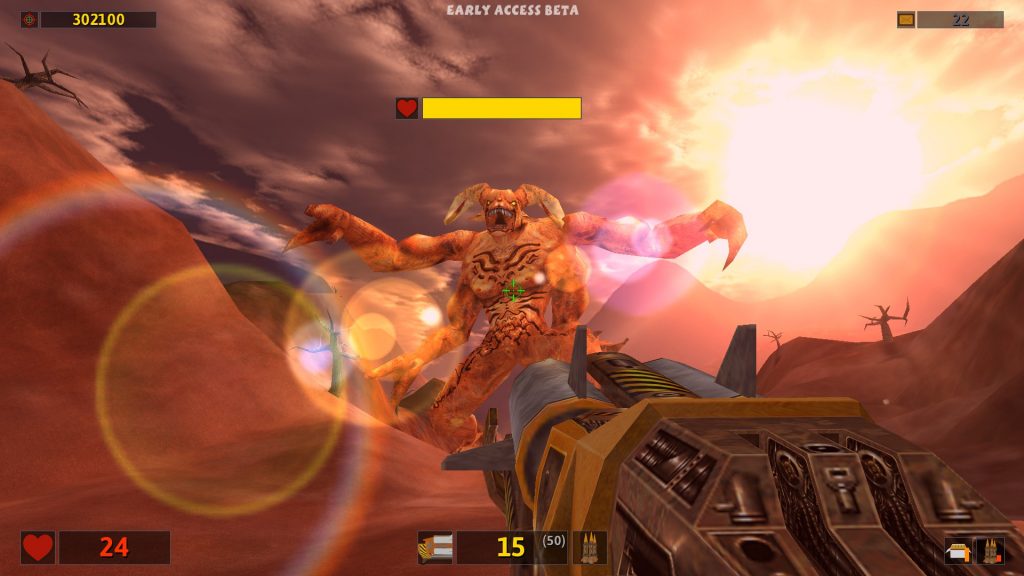
Serious Sam 2: Tier 3
Identity of the game is completely confused. You’d think that a game where you ride dinosaurs, shoot giant monsters and have a sexy blue-skinned assistant would be awesome but… it’s not. Not really. The pacing of the game is severely dropped from previous installments. Enemies are completely new and feel very different from before; the staple headless monster is replaced by a sort of space-ogre. I’ll give them one thing, and that’s that they tried something new. I don’t know if it was a step in the wrong direction, but I do know it just isn’t implemented well. It feels like a strange mix between Halo and Banjo Kazooie, but not in a good way.
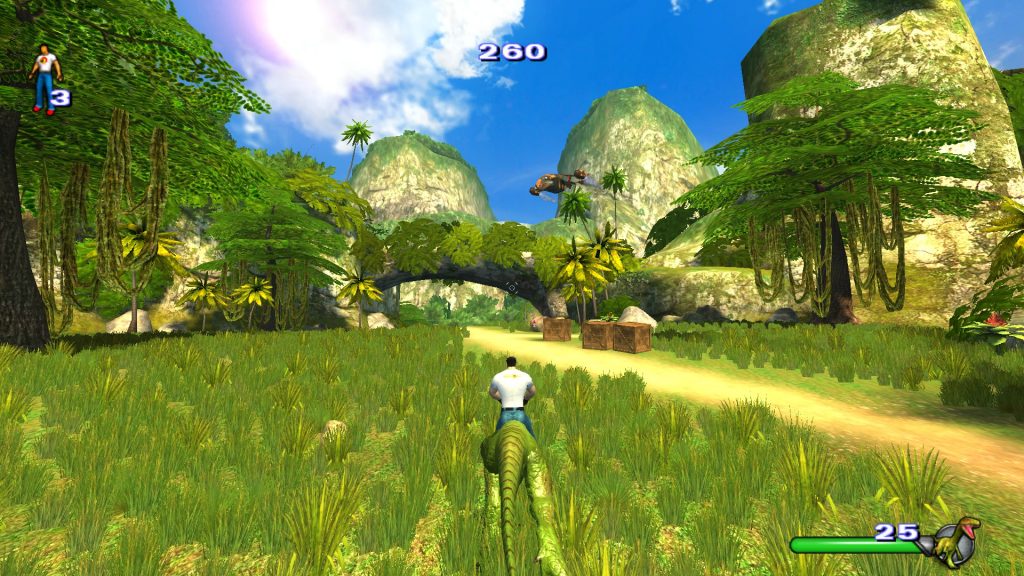
Serious Sam 3: BFE: Tier 2
Once you get past the familiar enemies and repeated jokes from the previous installments, this one’s not that bad. I think I’d still rather play SS HD SE, but mechanically speaking this is the stronger title. Finally, there’s a new VA for Sam in a game that also contains the headless monsters. Not a fan of the instant-kill melee attack that Sam always possesses, but DOOM needs to take a leaf out of BFE’s book–you’re not invulnerable while you do it and health doesn’t spurt out of an enemy when you kill them with it, meaning that there’s a bit more strategy to it (but only a bit). I approve of infinite handgun bullets–it allows the devs to create levels that aren’t cluttered with ammo constantly, and it makes the bullets you get for the other weapons a bit more meaningful, since you’re expected early on to use the handgun quite a bit. Sam talks a bit more but isn’t quite as cringy–the VA still sounds like an ogre but it’s a little cleaner so it’s easier on the ears. Level design is pretty solid with plenty of secrets. Enemies have been re-balanced in meaningful ways. For example, the headless bombers now flinch when you shoot them, and explode on the second shot, meaning that you can point blank shoot one that is right next to you and still have time to back away before the final exploding shot. I no longer feel like the devs are just throwing swarms of enemies at you pointlessly–enemies are well-placed, don’t teleport-spawn in and make the levels fun.
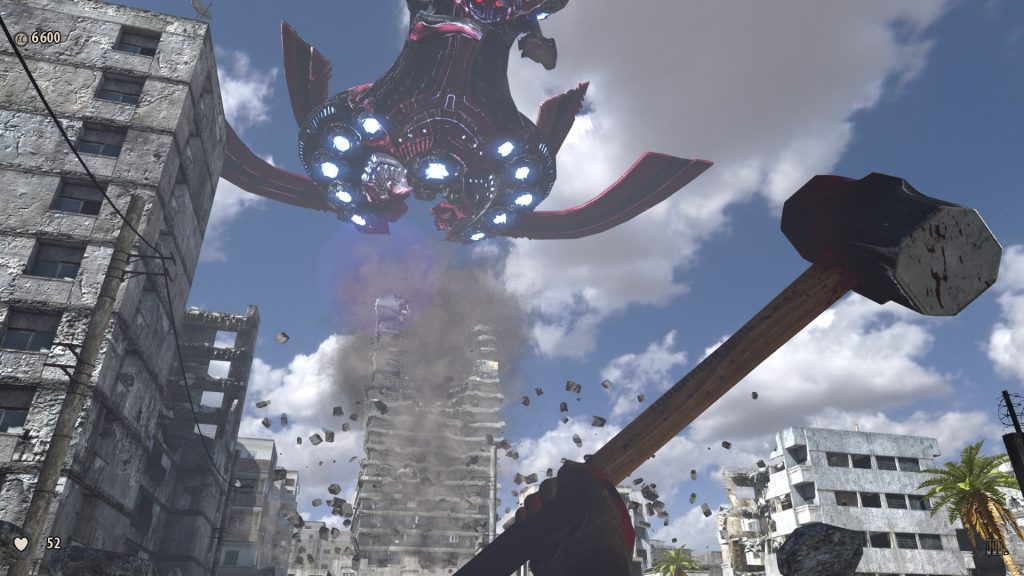
Serious Sam: The Random Encounter: Tier 3 (Completed)
I beat this one a while back and… it just is not worth it. It’s buggy as hell but that’s not even the worst of it. It passes off as a flash game, but I’ve played flash games that are better. The first time you play, it might take you 2 hours to beat. If you knew what you were doing, it would probably take less than an hour. Guns and enemies are not really balanced, and the niches that each gun is supposed to fill is obsolete in the face of the need for constant AOE DPS. There’s a few lame jokes that might get a small “guffaw,” here and there but nothing that Duke Nukem’s or Shadow Warrior’s humor doesn’t put to shame. It barely escapes Tier 4 because I like the concept of the game–it’s just that this is a horrible representation of it. If you want to know something weird, I met one of the guys who worked on this game at PAX. The game he was advertising at the convention wasn’t that great either. I felt a little embarrassed for him.
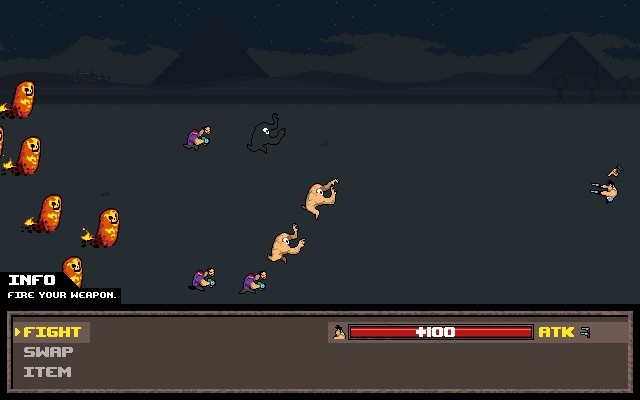
Serious Sam Double D XXL: Tier 4
Nope. I’m not playing this game. The game’s title, immediate sexualization of your female sidekick and the way that Sam portrait looks like a pile of shit tells me everything I need to know about this game–but even then, I was willing to give it a go. Surprisingly, it was the screenshot below that was the final nail in the coffin. “My programmers wanted me to remind you that instant enemy spawning is totally acceptable. That’s the way things are supposed to work.” Nope. Just because you have one of your characters blatantly state that I’m supposed to treat a big pile of steaming excrement as something acceptable does not mean that I’ll do so–so when you tell me that teleport-spawning enemies is how “things are supposed to work,” then I’m even less inclined to accept it. Because you’re too ignorant to understand it Mr. Dev, I’ll spell it out for you. Teleport-spawning enemies changes the rules of the game in a bad way. A few enemies teleport-spawning is sometimes ok. A certain kind of enemy who’s calling card is to teleport-spawn is also ok. However, when all enemies can teleport spawn, you’re building your game’s “difficulty” based upon lies, with no reasonable counterplay. You are telling the player one thing, and then doing another. Your player can receive input visually and audibly that “you cleared out this room” which becomes false when he gets killed from behind by a hoard that immediately spawns in. There is no reasonable counterplay, since you did nothing to communicate to the player that there was danger. You’re too lazy to make a game that gives the player meaningful input so instead you design a game that requires prior knowledge. It’s the equivalent of blindfolding someone and then punching them in the face and when they don’t block it you tell them “well this is how it’s supposed to work.” Just because you told them you were going to do it does not somehow make it better. If you’re reading this, just leave this piece of refuse be and move on to something, anything more meaningful. It won’t be hard at all to find.
